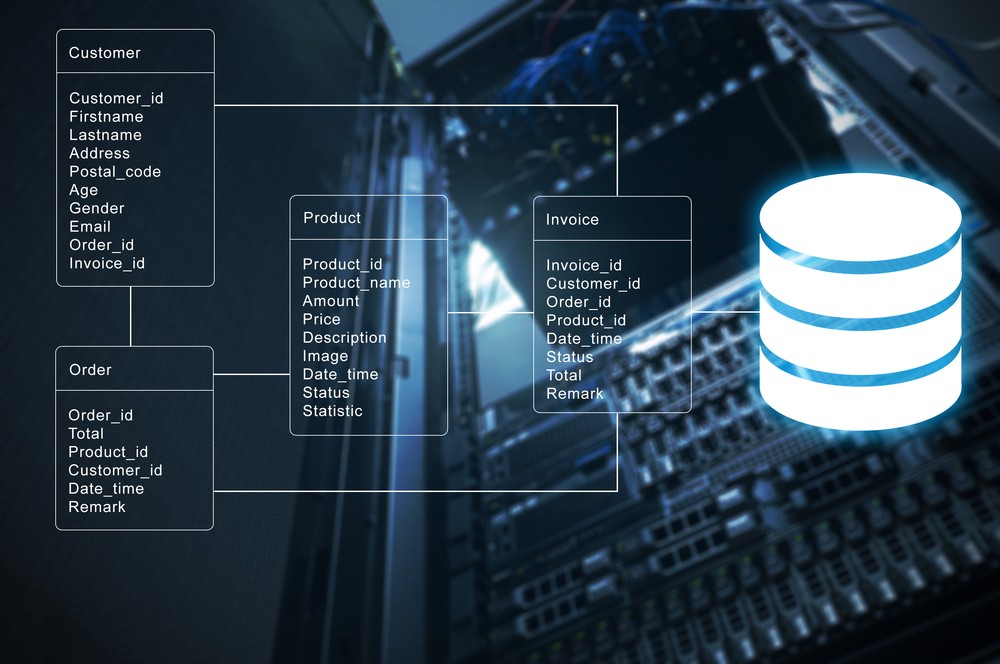Powering a Smarter Factory: Integrated Manufacturing Databases

Industry 4.0 is entering its heyday with technologies like digital twins, the industrial Internet of Things (IIoT), robotic process automation (RPA), artificial intelligence (AI), machine learning (ML), and other intelligent systems sweeping across the sector. As these technologies gain traction, the need for robust, integrated manufacturing databases is also rising in importance. To leverage digital solutions to their fullest, manufacturers need a central nervous system to collect, analyze, and utilize new data.
Why are integrated manufacturing databases important?
Imagine a factory floor filled with sensors, robots, and interconnected machines — each generating a constant stream of data. Without a central repository, this data becomes disparate, offering little value. An integrated manufacturing database acts as the conductor, collecting and organizing data from diverse sources like:
- Sensors and machines: Real-time data on equipment, production, and quality control metrics
- Enterprise resource planning (ERP) systems: Inventory levels, order management, and financial data
- Design and engineering tools: Product specifications, digital twin models, and production plans
- Supply chain management systems: Information on supplier performance, material availability, and logistics
By aggregating factorywide data into a single database, manufacturers gain the benefit of more holistic data management and insights.

Integrated insights become holistic opportunities
An integrated manufacturing database isn’t just a repository for data. With AI and ML, databases have become powerhouses for generating actionable insights. By integrating data and analyzing it in context, manufacturers open new opportunities for operational excellence. They can:
- Optimize production processes by identifying bottlenecks, predicting equipment failures, and adjusting production parameters in real time for improved efficiency and quality.
- Improve supply chain visibility by tracking materials, anticipating disruptions, and optimizing inventory management.
- Enable data-driven decision-making by analyzing trends, identifying opportunities for improvement, and making informed decisions based on real-time insights.
- Support predictive maintenance by identifying potential equipment failures before they occur, minimizing downtime and maintenance costs.
- Facilitate collaboration by sharing data across departments, suppliers, and customers to foster a more transparent and collaborative ecosystem.
With integrated databases, manufacturers can see the impact of optimization in real time. As new data is fed into the database, it can be juxtaposed against old data or against trendlines to benchmark improvements.

Tips for building an integrated manufacturing database
Building a robust and integrated manufacturing database requires careful planning and execution. Here are some key tips to ensure your database serves its purpose and empowers your smart factory:
- Define your goals and requirements. What data do you need to collect? What insights do you hope to gain? Answering these questions will guide your data-model design and functionalities.
- Start small and scale strategically. Don’t try to build everything at once. Begin with a pilot project to validate your approach and identify potential challenges before scaling up.
- Choose the right technology. Consider factors like your budget, data volume, and desired functionalities when selecting database software.
- Ensure data quality. Implement data cleansing and validation processes to ensure your data is accurate, complete, and consistent.
- Break down silos and embrace integration. Integrate your database with other existing systems like your enterprise resource planning (ERP) system, manufacturing execution system (MES), and computer-aided design (CAD) software.
- Prioritize data security. Implement robust security measures to protect sensitive manufacturing data from unauthorized access and cyberattacks.
Embrace integrated manufacturing databases
There’s no understating the importance of a well-managed integrated manufacturing database — especially as digitization continues to change manufacturing processes. Familiarizing yourself with the concept, understanding its benefits, and building out a validated model can provide critical support to the digital systems increasingly governing your factory.
